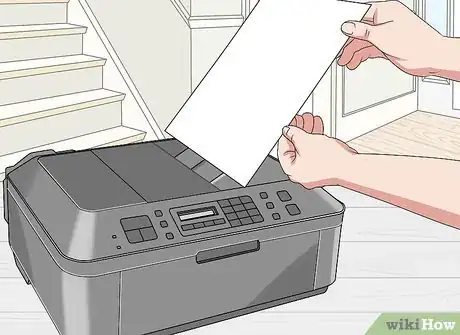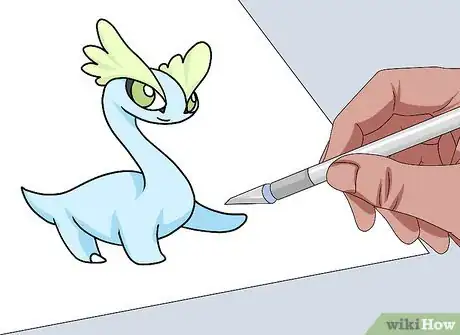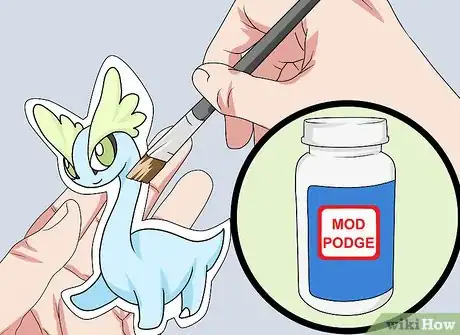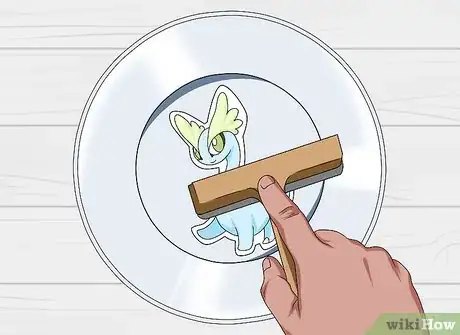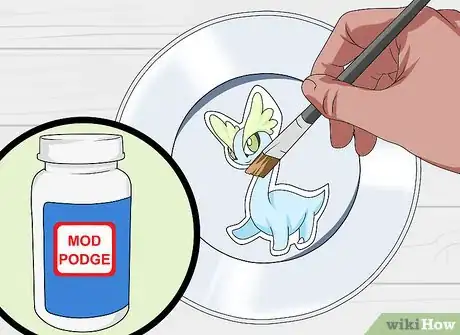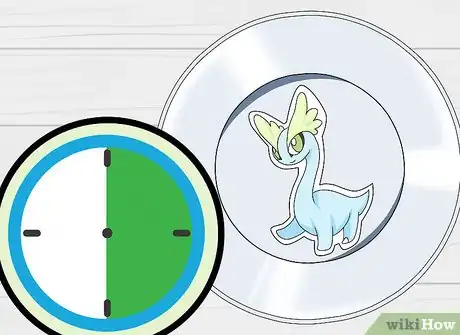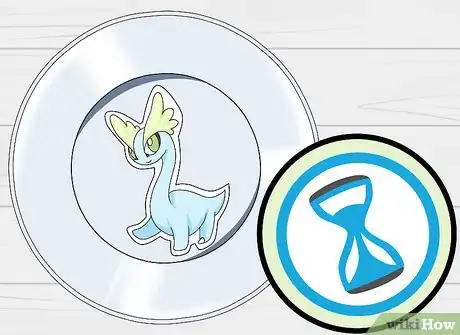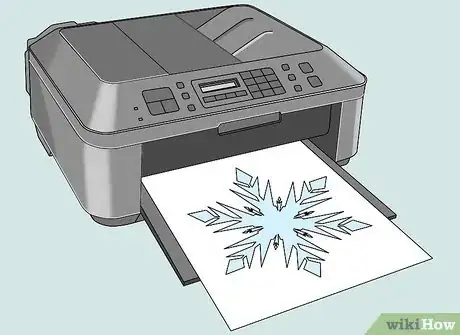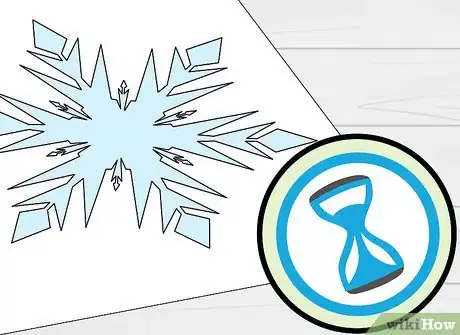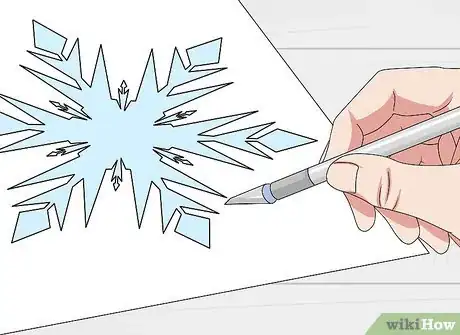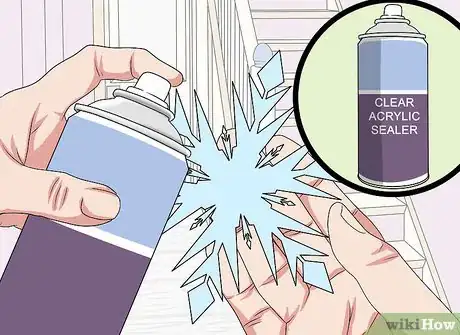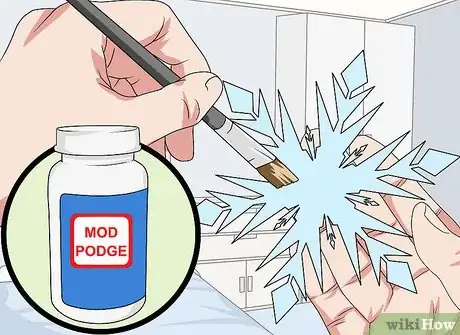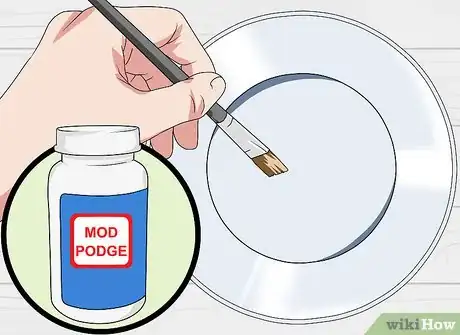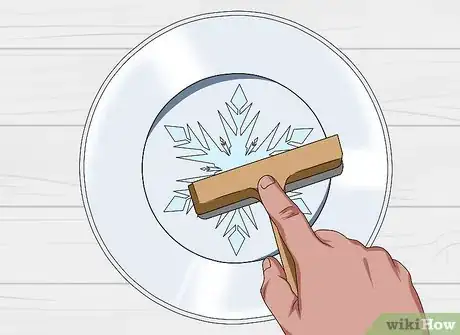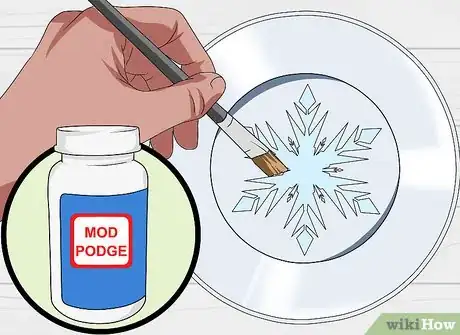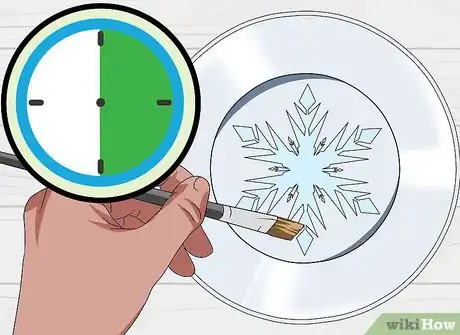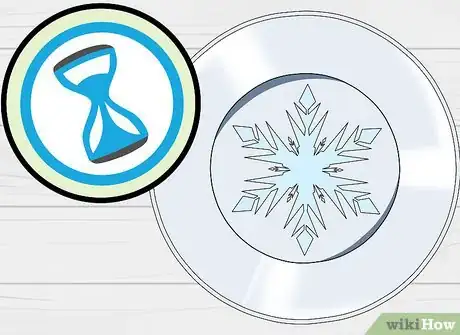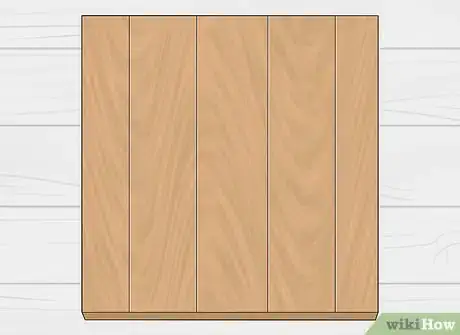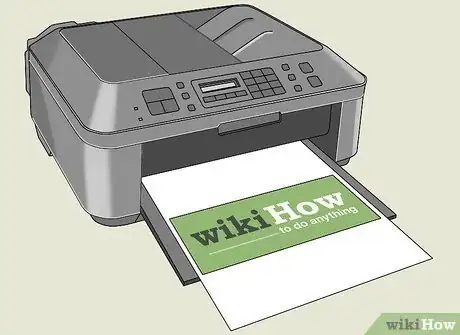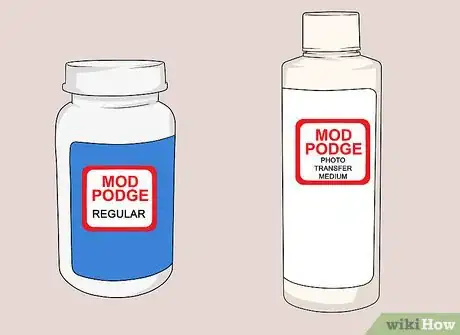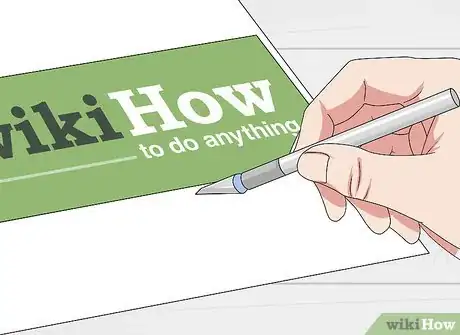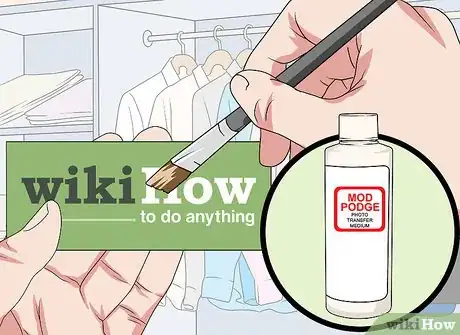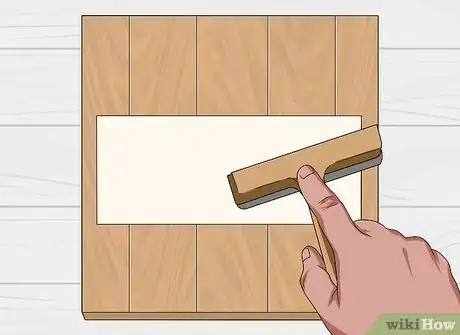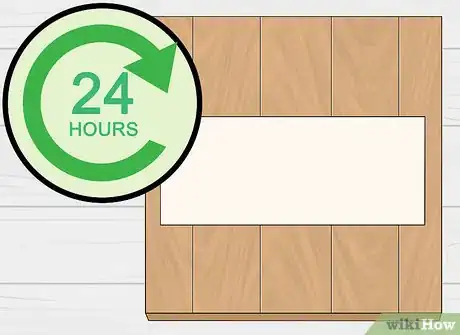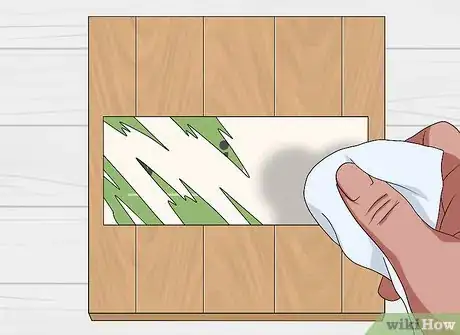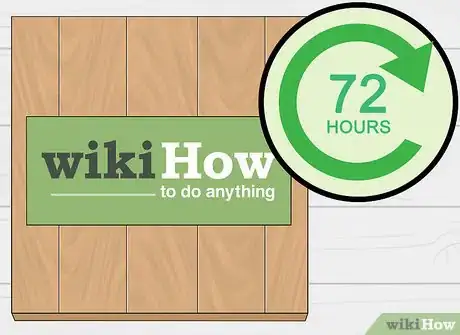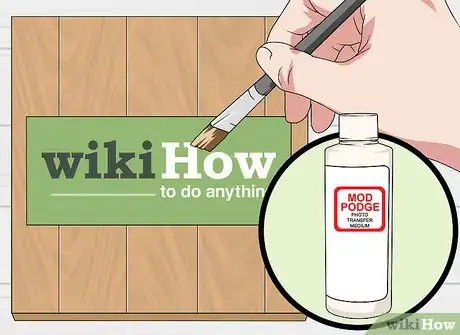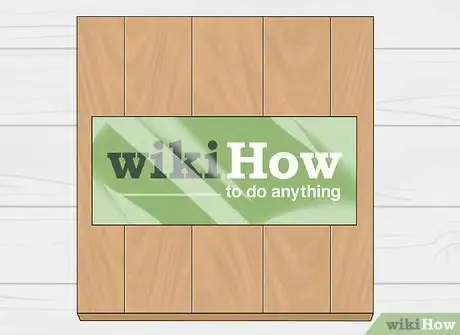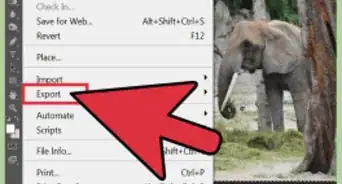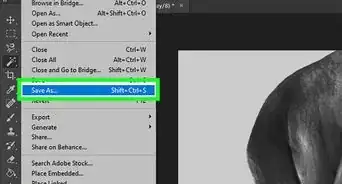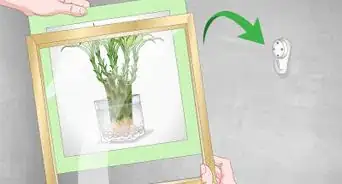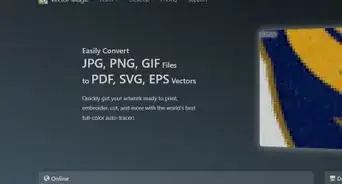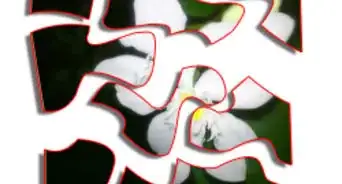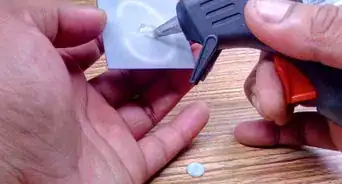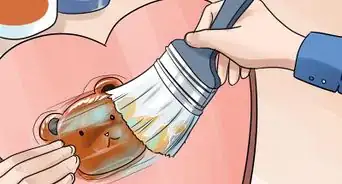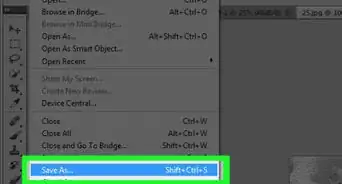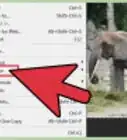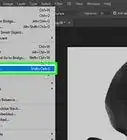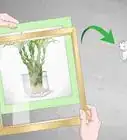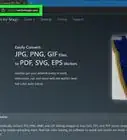This article was co-authored by Nicole Bolin. Nicole Bolin is a Crafting Specialist and the CEO of Stencil, a DIY Craft Studio in Phoenix, Arizona. Nicole specializes in interior design and various craft and DIY projects. Nicole holds a Certificate in Interior Design from the New York Institute of Art and Design. She opened Stencil in 2017 to teach others to create DIY projects that fit their home and lifestyle.
There are 7 references cited in this article, which can be found at the bottom of the page.
This article has been viewed 96,344 times.
Mod Podge is a wonderful medium that acts as both a glue and sealant. It is typically used in scrapbooking and general arts and crafts. Most people use it to glue scrapbooking paper to objects, such as wooden boxes. Photographs are also popular, but how you Mod Podge them depends on whether they are printed using a laser or inkjet printer.
Steps
Mod Podging Laser Photos
-
1Print your photo onto regular paper. Avoid using photo paper; it is too thick, and there's that the colors may run. You can try using this method on regular photos as well, but be aware that you may damage them.
-
2Trim the photo down as desired. Trace the side of the item onto the photo first, if needed. Next, cut the photo down with a paper slicer or a metal ruler and craft blade.Advertisement
-
3Brush some Mod Podge to the item. You can do this using a foam brush or a wide, flat paintbrush. If you want to, you can also brush the Mod Podge onto the back of the photo as well.
-
4Press the photo face-up onto the item. Smooth the paper out with a rubber roller or a brayer to smooth the photo down. Start from the center of the photo and roll your way outwards. Ensure that there are no wrinkles or bubbles.[1]
-
5
-
6Allow the Mod Podge dry before adding a second coat of Mod Podge. Wait for about 30 minutes, then brush on a second coat of Mod Podge. If need to add a third coat, let the second one dry first.
-
7Allow the Mod Podge to dry completely. This will take anywhere from a few hours to several days, depending what you used. Read the label on your bottle to be sure. Once the Mod Podge has dried, you can display your project. If you are going to apply photos to the other sides of your item, now is the time to do so.
Mod Podging Inkjet Photos
-
1Print the photo onto regular paper. Do not use photo paper as it is too thick; the coating may also interfere with the Mod Podge.
-
2Allow the ink to dry completely. This will take at least 10 minutes. If you move onto the next step too soon, the ink may run and bleed.[4]
-
3Trim the photo down as desired. Do this with a paper slicer or a metal ruler and a craft blade. If you need to, trace your item onto the photo first, then cut the photo out.
-
4Coat both sides of the paper with clear, acrylic sealer. If you get inkjet paper wet, the ink will run. The clear, acrylic sealer will prevent this from happening. Spray both sides of the paper with 2 to 3 coats of clear, acrylic sealer. Let each coat/side dry completely before doing the next one.[5]
- This step is time consuming, but the results are worth it.
- The finish (matte, glossy, or satin) does not matter because you will be Mod Podging over it.
-
5
-
6Apply some Mod Podge to the item. You can do this with a wide, flat paintbrush or a foam brush. If you want to, you can apply the Mod Podge to the back of the photo as well.[8]
- If you are going to Mod Podge photos onto multiple sides, start with just one side for now.
-
7Press the photo face-up onto the object. Use a rubber roller or a brayer to smooth the photo down. Start from the middle of the photo and work your way outwards. Make sure that there are no bubbles or wrinkles.[9]
-
8
-
9Let the project dry before applying another coat of Mod Podge.[12] Let the project dry for about 30 minutes first, then apply another coat of Mod Podge. If you want to, you can apply a third coat, but let the second one dry first.
-
10Allow the Mod Podge to dry completely. This can take a few hours to several days, depending on the type you used. Check the label on your bottle to be certain. Once the Mod Podge is dry, you can display your project, or apply photo to the other sides (if you are Mod Podging a box or block).
Transferring Photos
-
1Choose a surface to transfer the image to. Wood surfaces are the most popular, but you can use natural/unglazed tile, fabric, and canvas as well. Unlike in the previous methods, you won't be gluing down the paper itself; you'll be transferring just the image.
- The transferred image will not be perfect. It will have a worn, chipped, vintage-y feel to it. Many people find that this adds a certain charm.[13]
-
2Print your image out using a laser printer for best results. Do not use an inkjet printer, or the ink will smear.[14] Be aware that the image will come out in reverse after you transfer it. If this bothers you, mirror the image using an image editing program first.
- If you don't have access to a laser printer, you can try using an inkjet printer with a dry toner.[15]
-
3Decide between regular Mod Podge or Mod Podge Transfer Medium. Regular matte Mod Podge will make the image translucent so that the surface's texture (ie: wood grain) will show through the photo. Mod Podge Transfer Medium is white, and it will make the photo opaque.[16]
- If you are using fabric, choose Mod Podge Transfer Medium.
-
4Cut the image down to the size you want. If the image has a white border on it, be aware that the boarder will show up after you transfer it. If you don't want this white border, cut it off.[17]
- Use a metal ruler and a craft blade for sharp, clean lines. You can also use a paper slicer instead.
-
5Apply the Mod Podge to the front of the image. Set the image face up on top of a sheet of paper—a silicone mat would be better. Apply the Mod Podge using a foam brush. Make sure that you coat the image thickly and evenly.[18]
-
6Place the image face-down onto your desired surface. Smooth it don using a rubber roller or brayer. If any Mod Podge leaks out from under the image, wipe it off immediately.[19]
-
7Allow the project to dry for 24 hours. This may seem like a long time, but the paper must be fully dry before you move onto the next step. If you get impatient and move on too soon, the image may not transfer properly.[20]
-
8Wet the paper, then rub it off. Dampen the back of the paper with a wet sponge or towel. Gently rub off the paper backing using your finger. Take your time and go slowly. As you rub the backing away, the image will begin to appear![21]
- Don't rub too hard, or you will rub the actual image off.
- Repeat the process if there is any paper residue stuck to the transferred image.[22]
-
9
-
10Seal the project. You seal it with regular Mod Podge or with a clear, acrylic sealer spray. Let the sealer dry completely before using the project. This could take a few hours to a couple of days depending on what you used.
- Use a clear, acrylic sealer for fabric.
- You can wash fabric as long as you follow the directions on the Mod Podge Transfer Medium bottle.[25]
-
11Finished.
Expert Q&A
-
QuestionHow do you transfer a photo onto wood using Mod Podge?
 Nicole BolinNicole Bolin is a Crafting Specialist and the CEO of Stencil, a DIY Craft Studio in Phoenix, Arizona. Nicole specializes in interior design and various craft and DIY projects. Nicole holds a Certificate in Interior Design from the New York Institute of Art and Design. She opened Stencil in 2017 to teach others to create DIY projects that fit their home and lifestyle.
Nicole BolinNicole Bolin is a Crafting Specialist and the CEO of Stencil, a DIY Craft Studio in Phoenix, Arizona. Nicole specializes in interior design and various craft and DIY projects. Nicole holds a Certificate in Interior Design from the New York Institute of Art and Design. She opened Stencil in 2017 to teach others to create DIY projects that fit their home and lifestyle.
Crafts & DIY Specialist Make sure you use several thin coats of Mod Podge rather than one thick coat. If it is really thick, it won't dry well on the wood. You should also avoid over brushing, as those brush strokes can get dried into your Mod Podge.
Make sure you use several thin coats of Mod Podge rather than one thick coat. If it is really thick, it won't dry well on the wood. You should also avoid over brushing, as those brush strokes can get dried into your Mod Podge. -
QuestionWhat kind of paper to purchase for printing?
 Community AnswerChoose a standard printer paper, as it would be easier to adhere to the slightly textured surface.
Community AnswerChoose a standard printer paper, as it would be easier to adhere to the slightly textured surface.
Warnings
- Avoid using original photos. If you make a mistake, the photo will be lost forever.⧼thumbs_response⧽
Things You'll Need
Mod Podging Laser Photos
- Laser printer
- Printer paper
- Metal ruler and craft blade or paper slicer
- Item to Mod Podge photo onto
- Mod Podge
- Foam brush or wide paintbrush
- Rubber roller or brayer
Mod Podging Inkjet Photos
- Inkjet printer
- Printer paper
- Metal ruler and craft blade or paper slicer
- Item to Mod Podge photo onto
- Clear, acrylic sealer
- Mod Podge
- Foam brush or wide paintbrush
- Rubber roller or brayer
Transferring Photos
- Laser printer
- Printer paper
- Metal ruler and craft blade or paper slicer
- Item to transfer photo onto
- Rubber roller or brayer
- Regular matte Mod Podge or Mod Podge Transfer Medium
- Foam brush or wide paintbrush
- Rag or sponge
- Mod Podge or clear, acrylic sealer
References
- ↑ http://www.oursouthernhomesc.com/mod-podge-photo-ornaments/
- ↑ Nicole Bolin. Crafts & DIY Specialist. Expert Interview. 9 September 2020.
- ↑ http://www.oursouthernhomesc.com/mod-podge-photo-ornaments/
- ↑ http://modpodgerocksblog.com/learn-how-to-mod-podge
- ↑ http://modpodgerocksblog.com/learn-how-to-mod-podge
- ↑ Nicole Bolin. Crafts & DIY Specialist. Expert Interview. 9 September 2020.
- ↑ http://modpodgerocksblog.com/learn-how-to-mod-podge
- ↑ http://www.oursouthernhomesc.com/mod-podge-photo-ornaments/
- ↑ http://www.oursouthernhomesc.com/mod-podge-photo-ornaments/
- ↑ Nicole Bolin. Crafts & DIY Specialist. Expert Interview. 9 September 2020.
- ↑ http://www.oursouthernhomesc.com/mod-podge-photo-ornaments/
- ↑ Nicole Bolin. Crafts & DIY Specialist. Expert Interview. 9 September 2020.
- ↑ http://modpodgerocksblog.com/2016/04/top-five-tips-using-mod-podge-photo-transfer-medium.html
- ↑ http://blog.consumercrafts.com/decor-home/photo-to-wood-transfer/
- ↑ http://modpodgerocksblog.com/2016/04/top-five-tips-using-mod-podge-photo-transfer-medium.html
- ↑ http://blog.consumercrafts.com/decor-home/photo-to-wood-transfer/
- ↑ http://modpodgerocksblog.com/2016/04/top-five-tips-using-mod-podge-photo-transfer-medium.html
- ↑ http://modpodgerocksblog.com/2016/04/top-five-tips-using-mod-podge-photo-transfer-medium.html
- ↑ http://modpodgerocksblog.com/2016/04/top-five-tips-using-mod-podge-photo-transfer-medium.html
- ↑ http://modpodgerocksblog.com/2016/04/top-five-tips-using-mod-podge-photo-transfer-medium.html
- ↑ http://modpodgerocksblog.com/2016/04/top-five-tips-using-mod-podge-photo-transfer-medium.html
- ↑ http://blog.consumercrafts.com/decor-home/photo-to-wood-transfer/
- ↑ http://www.ottlite.com/Get-Inspired/Ottlite-Blog/Article/248/Mod-Podge-Photo-Transfer-Tote-Bag
- ↑ http://blog.consumercrafts.com/decor-home/photo-to-wood-transfer/
- ↑ http://www.ottlite.com/Get-Inspired/Ottlite-Blog/Article/248/Mod-Podge-Photo-Transfer-Tote-Bag
- ↑ http://modpodgerocksblog.com/learn-how-to-mod-podge
- ↑ http://modpodgerocksblog.com/learn-how-to-mod-podge
- ↑ http://modpodgerocksblog.com/learn-how-to-mod-podge
- ↑ http://modpodgerocksblog.com/learn-how-to-mod-podge
- ↑ http://www.oursouthernhomesc.com/mod-podge-photo-ornaments/
- ↑ http://hellocreativefamily.com/how-to-mount-a-photo-to-canvas-tutorial-5-00-gift/
About This Article
Mod Podge is a glue you can use to stick your photos to other objects. Start by printing out your photo and cutting it out. If you’re using an ink jet printer, you’ll need to spray both sides of the paper with acrylic sealer to stop the ink running. Do 2 or 3 coats, letting the sealer dry in between. Then, brush a coat of Mod Podge on the back of your photo and stick it wherever you want. If there are any wrinkles or air bubbles, gently smooth them out with your fingers. After that, you’ll need to apply 2 coats of Mod Podge on top of the photo to help seal it to the item. Wait about 30 minutes after your first coat to let it dry properly. For more tips, including how to transfer an image to an item with Mod Podge, read on!
